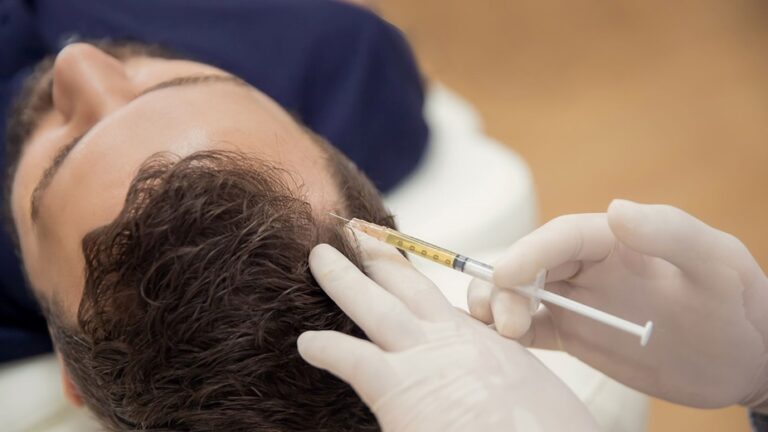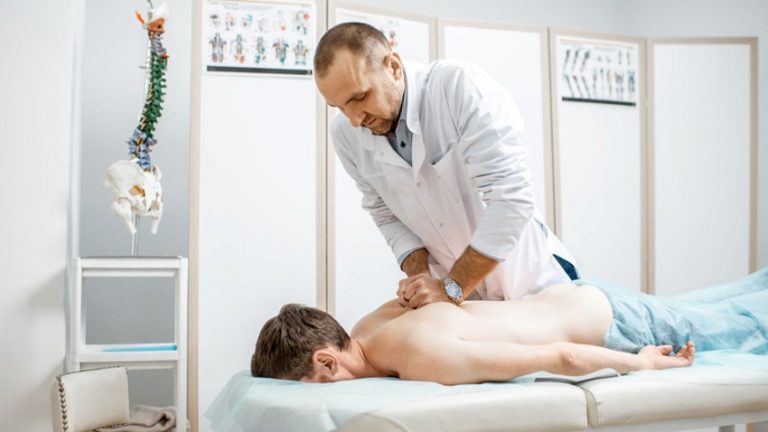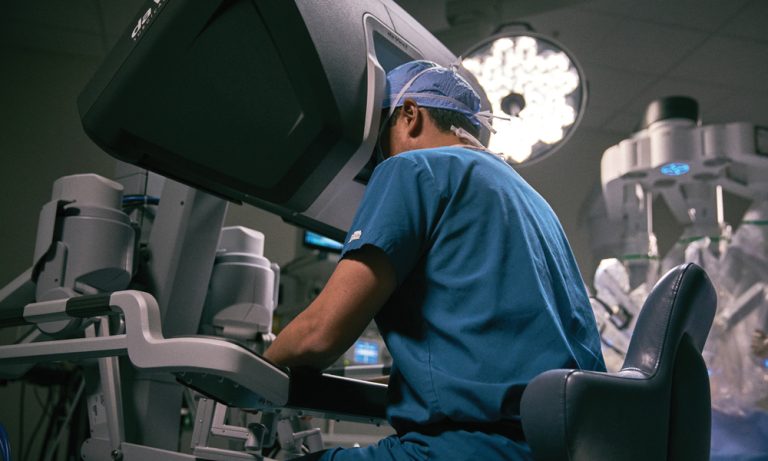It’s a reality that many people experience back pain at some point in their life, but for some, this pain can be a symptom of a more serious issue. Lumbar spinal stenosis is a prevalent condition that occurs when the spinal canal narrows, putting pressure on the nerves and spinal cord. Understanding the symptoms and treatment options for this condition can help you take the necessary steps to manage and alleviate your discomfort. In this article, we’ll explore the common symptoms of lumbar spinal stenosis and discuss some treatment options that may help provide relief.
What Causes Lumbar Spinal Stenosis?
The spine can become worn down over time due to aging, which is the most frequent source of lumbar spinal stenosis. Other factors that can lead to the development of this condition include:
- Osteoarthritis
- Degenerative disc disease
- Thickened ligaments
- Bone spurs
- Spondylolisthesis
- Tumors within the spinal canal
- Congenital spinal deformities
Common Symptoms
Some people with lumbar spinal stenosis may not have any symptoms, while others can experience a wide range of issues, such as:
- Persistent pain in the lower back.
- Leg, buttock, or groin pain.
- A sensation of lack of feeling, pins and needles, or inability to move the legs or feet properly.
- Trouble walking and keeping balance.
- In serious situations, losing control of the bladder or bowels.
The severity of these symptoms can vary between individuals, and some may only experience flare-ups during specific activities, such as walking or standing for long periods. Other factors, such as weather or stress, may also contribute to an increase in symptoms.
Diagnosis
The first step to diagnosis is visiting a qualified healthcare provider for spinal stenosis treatment in Boca Raton, who will perform a physical examination and discuss your medical history with you. If spinal stenosis is presumed, your doctor may order imaging tests such as MRIs, X-rays, or CT scans to confirm the diagnosis.
Treatment Options
Effective treatment for lumbar spinal stenosis will depend on the cause and severity of the condition. Some of the various treatment options include:
- Conservative options: Over-the-counter pain relievers, physical therapy, and corticosteroid injections can help manage pain and increase mobility for those with moderate symptoms.
- Minimally invasive treatments: For patients who do not respond to conservative treatments, minimally invasive procedures such as nerve blocks, epidural steroid injections, or laminotomy can provide significant relief.
- Surgery: As a last resort, spinal decompression surgery or spinal fusion may be recommended for those with severe stenosis symptoms and limited quality of life.
Coping and Lifestyle Changes
In addition to medical treatment, adjusting your lifestyle can significantly impact your comfort and quality of life while living with lumbar spinal stenosis. Many people find relief through:
- Staying active: Keep your muscles strong and flexible by participating in low-impact exercises like swimming, walking, or yoga.
- Adjusting sleep positions: Side-sleeping with a pillow between your knees can alleviate pressure on the spine.
- Practicing good posture: Maintaining proper posture can reduce stress on the spine and alleviate symptoms.
Wrapping Up
Lumbar spinal stenosis can be a challenging condition to manage, but with the proper treatment and lifestyle modification, you can find relief from your pain. If you believe that you might be suffering from lumbar spinal stenosis, consult with qualified pain management doctors in Boca Raton to discuss your treatment options. By following the advice of a qualified healthcare professional, you can take the necessary steps to ensure that you live a comfortable life.











